Masonry is an important craft within construction that allows the building of strong and lasting structures using stone, concrete, and bricks that are bound together with mortary.
There are different types of masonry work, like
- brick masonry:
- stone masonry, and
- concrete masonry.
Each of them has its own drawbacks, advantages, and use-case scenarios.
Here is everything you need to know about brick masonry.
What is brick masonry?

Brick masonry is the placement of bricks in a systematic order and using them to bind to create a solid mass capable of withstanding great loads of weight pressure when constructing a building.
The type of mass created depends:
- on the type of bricks used,
- the orientation in which they are placed,
- the type of mortar used to bind them, and
- the height of the structure created.
Brick masonry is a highly durable form of construction.
What are the different types of bricks used in masonry?

-
Concrete bricks:
Concrete bricks are made from a mixture of cement and aggregate, such as sand, which is formed in molds and cured to hardness.
These bricks possess a high compressive strength of about 2500 pounds per square inches (psi) but generally feature weak tensile strength. However, these bricks are not commonly used because concrete is quite costly and is not as aesthetically pleasing to be used for the exterior of houses.
Concrete bricks have some desirable attributes, such as sound insulation and heat resistance. As a result, this type of brick is normally used for internal brickwork, fences, and facades.
-
Common burnt clay bricks:
Burnt clay bricks are created by placing molded lumps of clay into a kiln and firing them for some hours.
This can be done using simple labor-intensive methods or more mechanized technologies, such as sophisticated factory methods.
These bricks are resistant to erosion, moisture, and insects. Burnt clay bricks are medium in cost and offer medium-to-high compressive strength of about 3,000 to 4,000 psi when used to bear the loads of buildings.
Some of the downsides of burnt clay bricks include poor soundproofing qualities, feature ineffective production processes. This is because they depend on local wood fuel and thus contribute to deforestation and air pollution.
-
Sand lime bricks:

Also known as calcium silicate bricks, these bricks are made of water, sand, and lime with no activities. This mixture is then compressed and autoclaved to form a firm white building material.
Sand lime bricks are often recommended for building projects because they have high strength levels, with a compressive strength rating of 1450 psi.
They also offer good acoustic insulation, excellent fire resistance, and good humidity and heat absorption.
However, these bricks have low abrasion resistance which makes them ill-suited for paving, and they have poor fire resistance which means they are not suitable for building furnaces.
-
Fly ash clay bricks:
Fly ash brick is a building material that contains clay, class C or class F fly ash, and water, which are compressed at 272 atmospheres and cured for 24 hours in a steam bath. The resulting product is toughened with an air entrainment agent. These bricks have a compressive strength of about 1740 psi.
These bricks are known to withstand more than 100 freeze-thaw cycles, making them ideal for construction in cold climates.
Fly ash bricks are light, which makes them suitable for use in multi-floor structures. The bricks are also cost-effective because they require less mortar in their construction.
Fly ash bricks are stronger and denser than clay bricks and have fewer breakages that result in wasted material.
These bricks are not commonly used because they feature color inconsistencies, poor air content control and longer setting times compared to other types of bricks.
-
Engineered bricks
These bricks are manufactured at high temperatures, forming a dense and strong brick that has limited water absorption and is highly durable. Engineering bricks can be made from high-quality clay, like facing bricks, with the main differences being the higher temperatures that create water resistance and high strength levels of about 3,000 to 4,000 psi.
Engineered bricks possess good load-bearing and chemical-resisting properties, making them excellent building materials for different kinds of buildings. These bricks are also ideal for non-visual construction applications that involve contact with moisture like groundwork and sewer systems.
What are the different types of mortar used with bricks?

Brick masonry work can either feature cement brickwork or mud brickwork.
Cement brickwork
This type of mortar is composed of sand, cement and water which is mixed to have a dense and homogenous consistency which is used to line bricks to ensure they firmly adhere to one another.
Mud mortar
Instead of cement mortar, this type of brickwork uses mud to fill in the joints within masonry work. The typical thickness of mortar joints is 12mm. This is a cost-effective way of installing brick masonry and is used for low walls with a maximum height of 4 meters.
What should I consider when supervising brick masonry work?

Ensure that good quality bricks are used and that each course of bricks is perfectly horizontal. Also, you should frequently check the verticality of a wall using a plumb-bob or a spirit level.
Experts recommend leaving brick masonry with toothed ends whenever the masonry work is stopped.
The curing of brick masonry should be done regularly for 14 days, and walls ought not to be raised by more than 1.5 meters in a single day.
Conclusion
Brick masonry allows for important structural elements like walls to be constructed. You can consider various types of bricks and brickwork to ensure that your structure meets your intended purpose and expectations.
Ensure that any brick masonry work is done by experienced professionals, and supervise the work wherever possible to achieve the best possible outcome.
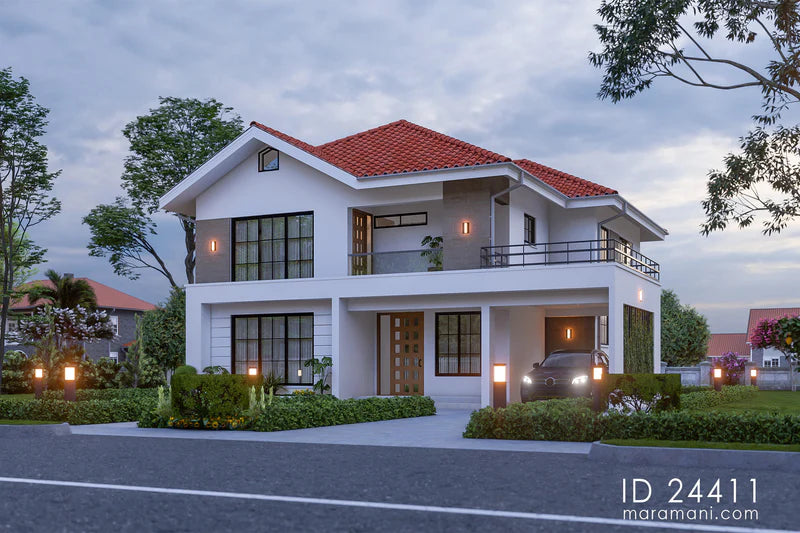
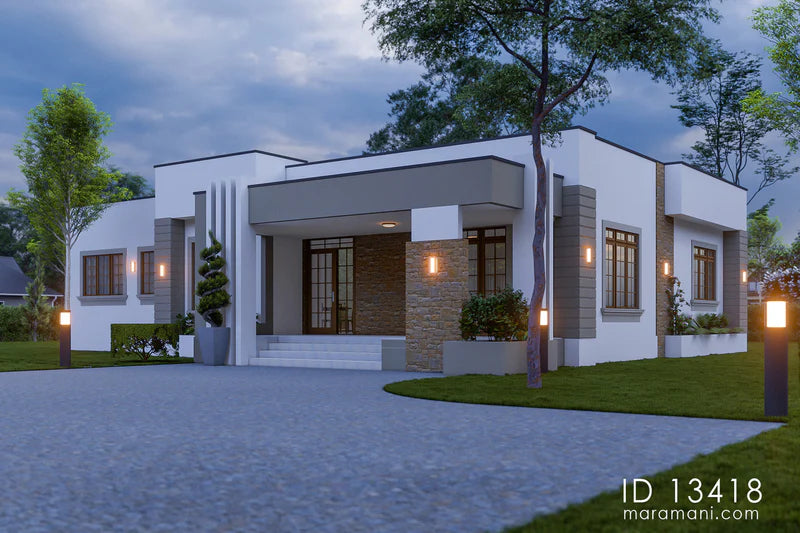
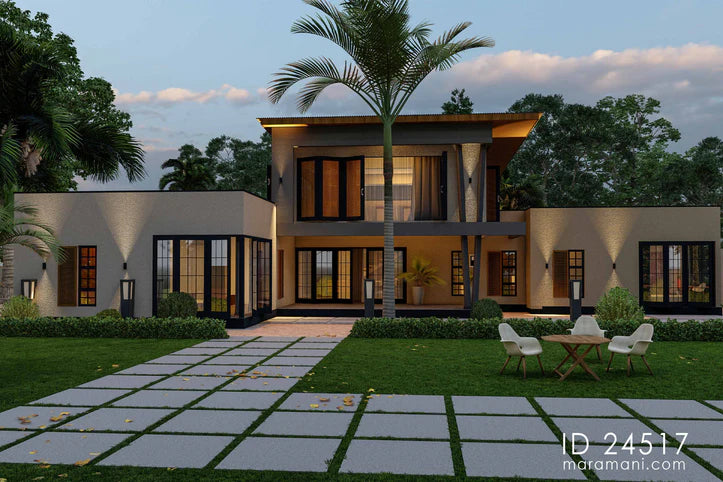
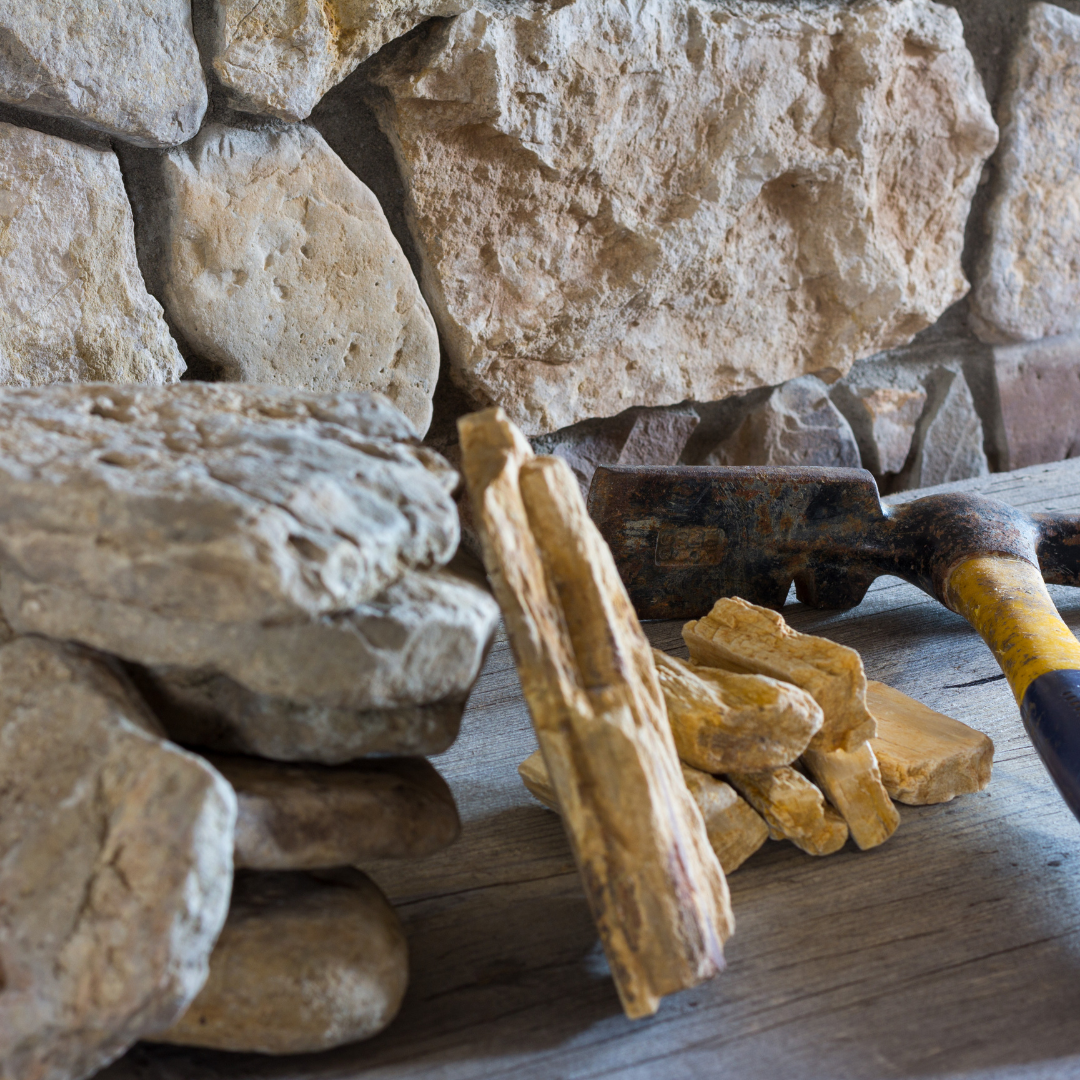
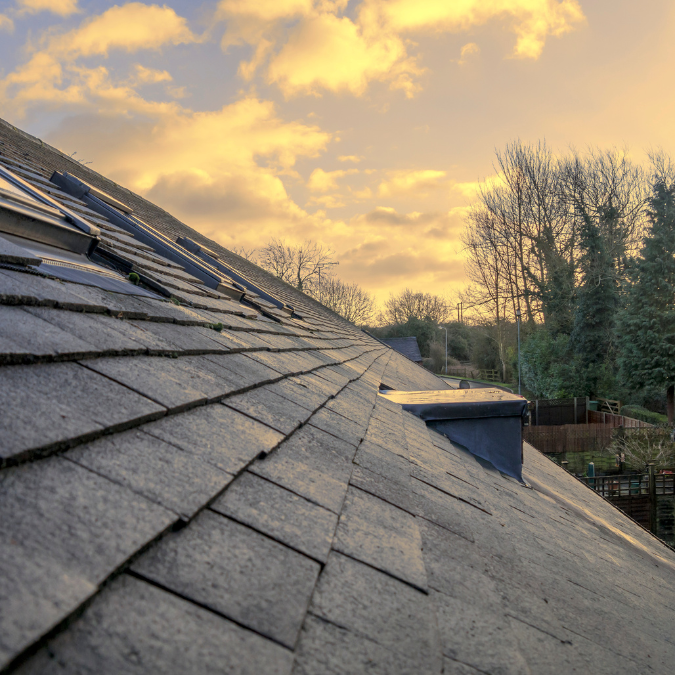
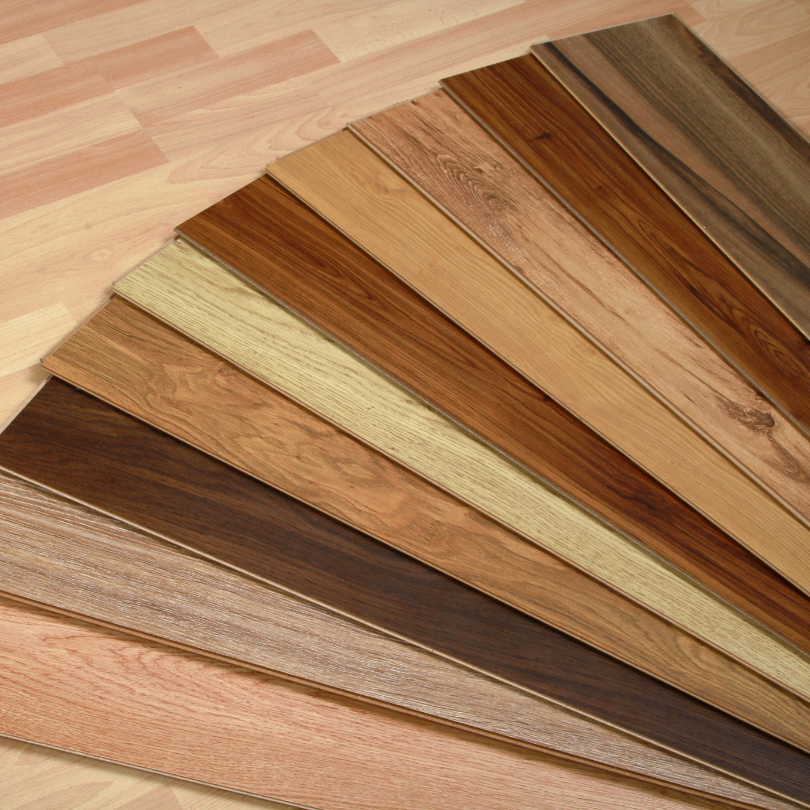
Leave a comment
This site is protected by hCaptcha and the hCaptcha Privacy Policy and Terms of Service apply.